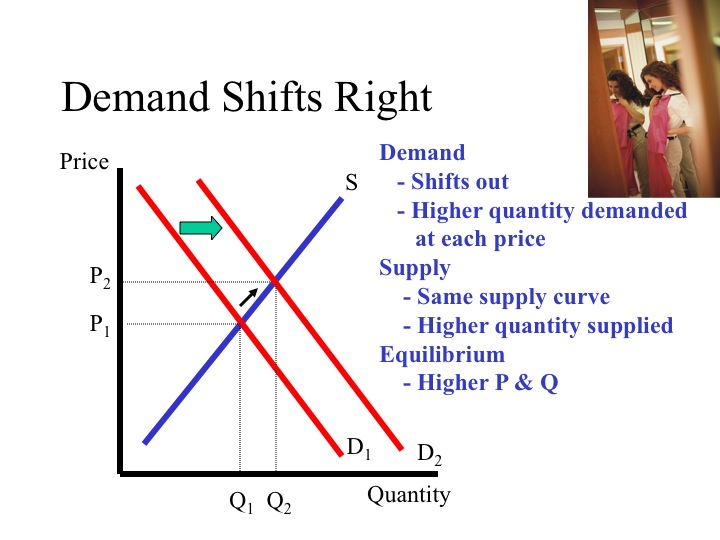The market clearing price wage for unskilled labor equates the quantity demanded by employers with the quantity supplied by unskilled workers.
Price floor above equilibrium quantity supplied.
In the price floor graph below the government establishes the price floor at price pmin which is above the market equilibrium.
The demanders will purchase the quantity where the quantity demanded is equal to the price floor or where the demand curve intersects the price floor line.
When a price floor is put in place the price of a good will likely be set above equilibrium.
B it results in a greater quanatity supplied than the quantity demanded otherwise known as a exceess supply.
F the price is above the equilibrium level the quantity supplied will exceed the quantity demanded so there will be a surplus.
When a price floor is set above the equilibrium price as in this example it is considered a binding price floor.
Taxes and perfectly inelastic demand.
Taxes and perfectly elastic demand.
When quantity supplied exceeds quantity demanded a surplus exists.
Percentage tax on hamburgers.
There will be a supply glut meaning more workers are trying to find jobs at the going.
Taxation and dead weight loss.
If the government sets a floor above the market clearing level then it will induce a surplus of unskilled labor.
In order to get rid of accumulating inventories firms will cut the price otherwise known as putting the good on sale as the price falls.
When a price floor is set above the equilibrium price quantity supplied will exceed quantity demanded and excess supply or surpluses will result.
The result is that the quantity supplied qs far exceeds the quantity demanded qd which leads to a surplus of the product in the market.
Example breaking down tax incidence.
Price and quantity controls.
A it results in a smaller quantity supplied than the quantity demanded otherwise known as a shortage.
Minimum wage and price floors.
Price floors can also be set below equilibrium as a preventative measure in case prices are expected to decrease dramatically.
The equilibrium market price is p and the equilibrium market quantity is q.
A surplus means businesses are producing more than they are selling.
At the price p the consumers demand for the commodity equals the producers supply law of supply the law of supply is a basic principle in economics that asserts that assuming all else being constant an increase in the price of goods will have a corresponding.
First of all the price floor has raised the price above what it was at equilibrium so the demanders consumers aren t willing to buy as much quantity.
Price floors and price ceilings often lead to unintended consequences.
In such situations the quantity supplied of a good will exceed the quantity demanded resulting in a surplus.
If a farm good.
How does a price floor set above the equilibrium price affect quantity demanded and quantity supplied.

:max_bytes(150000):strip_icc()/QuantitySupplied2-98c4fd9fe04e4ec78318d9dd87f2c93e.png)








